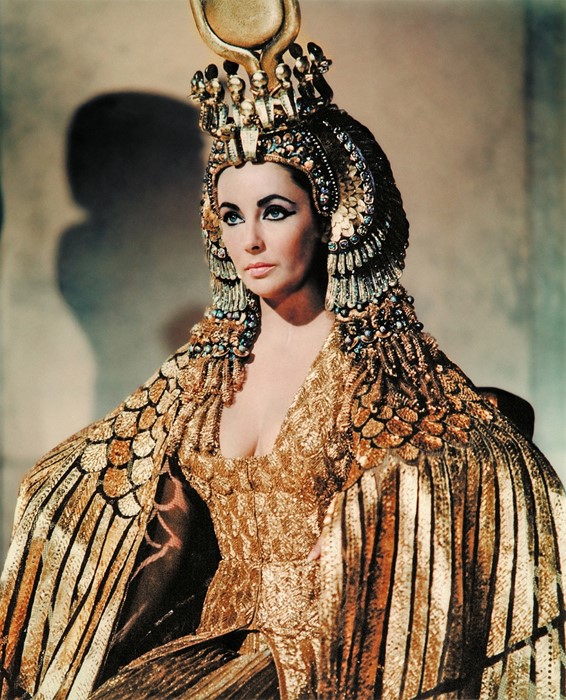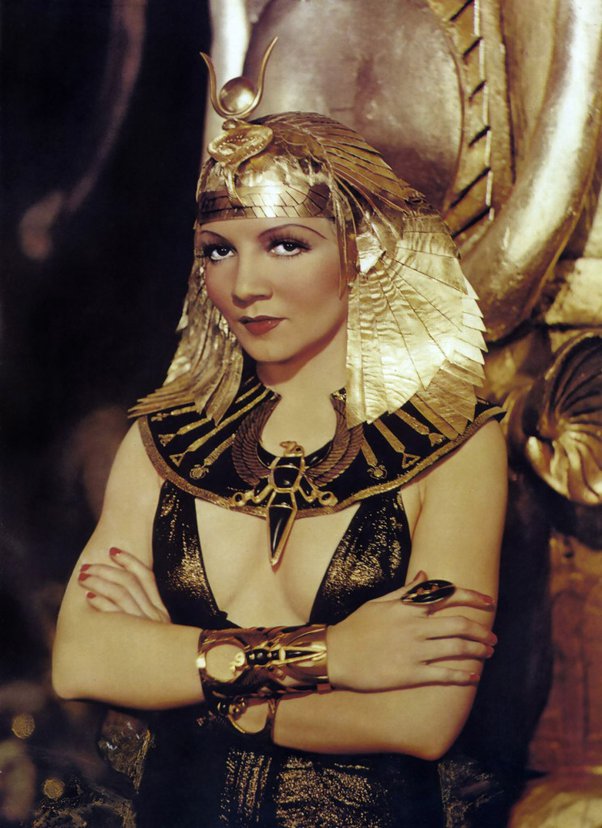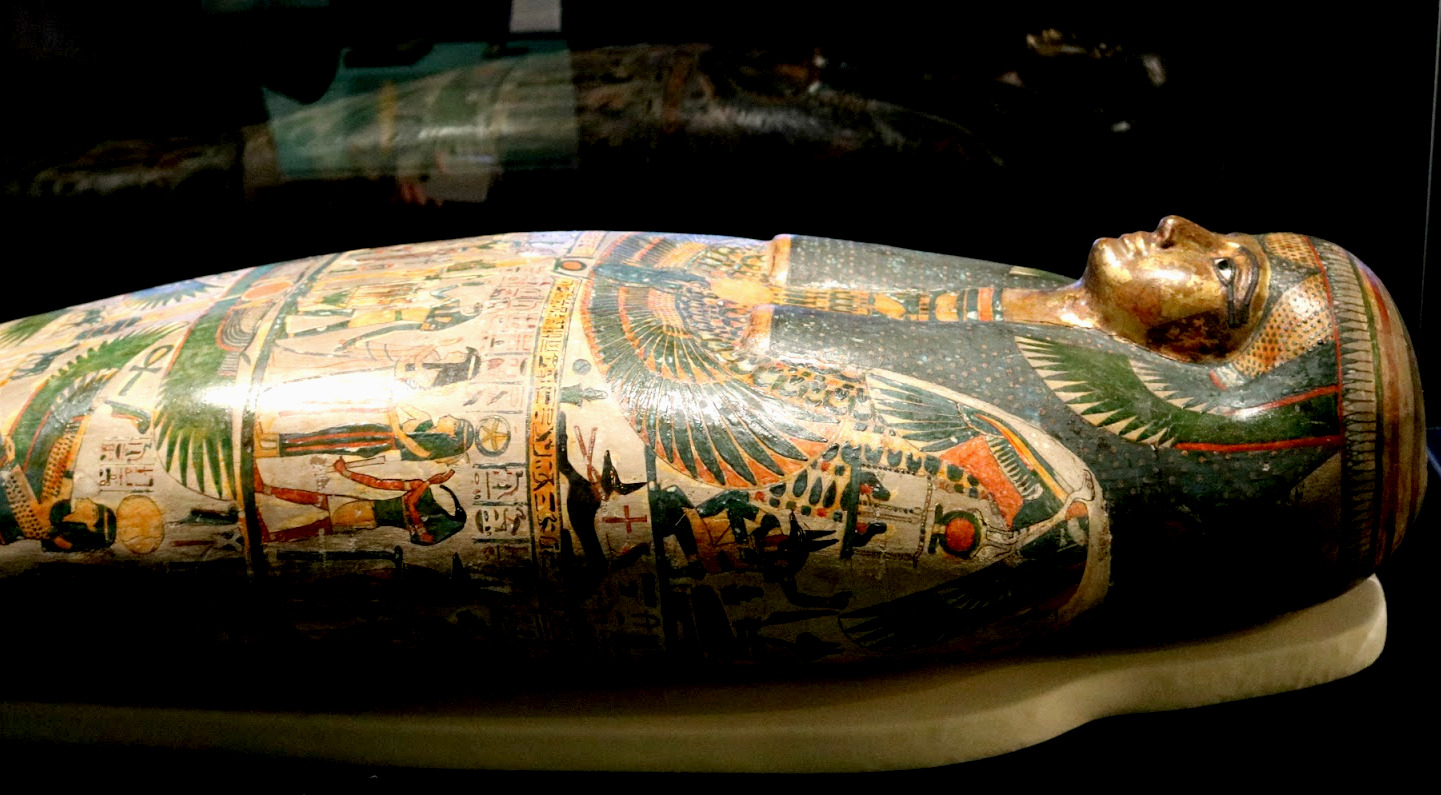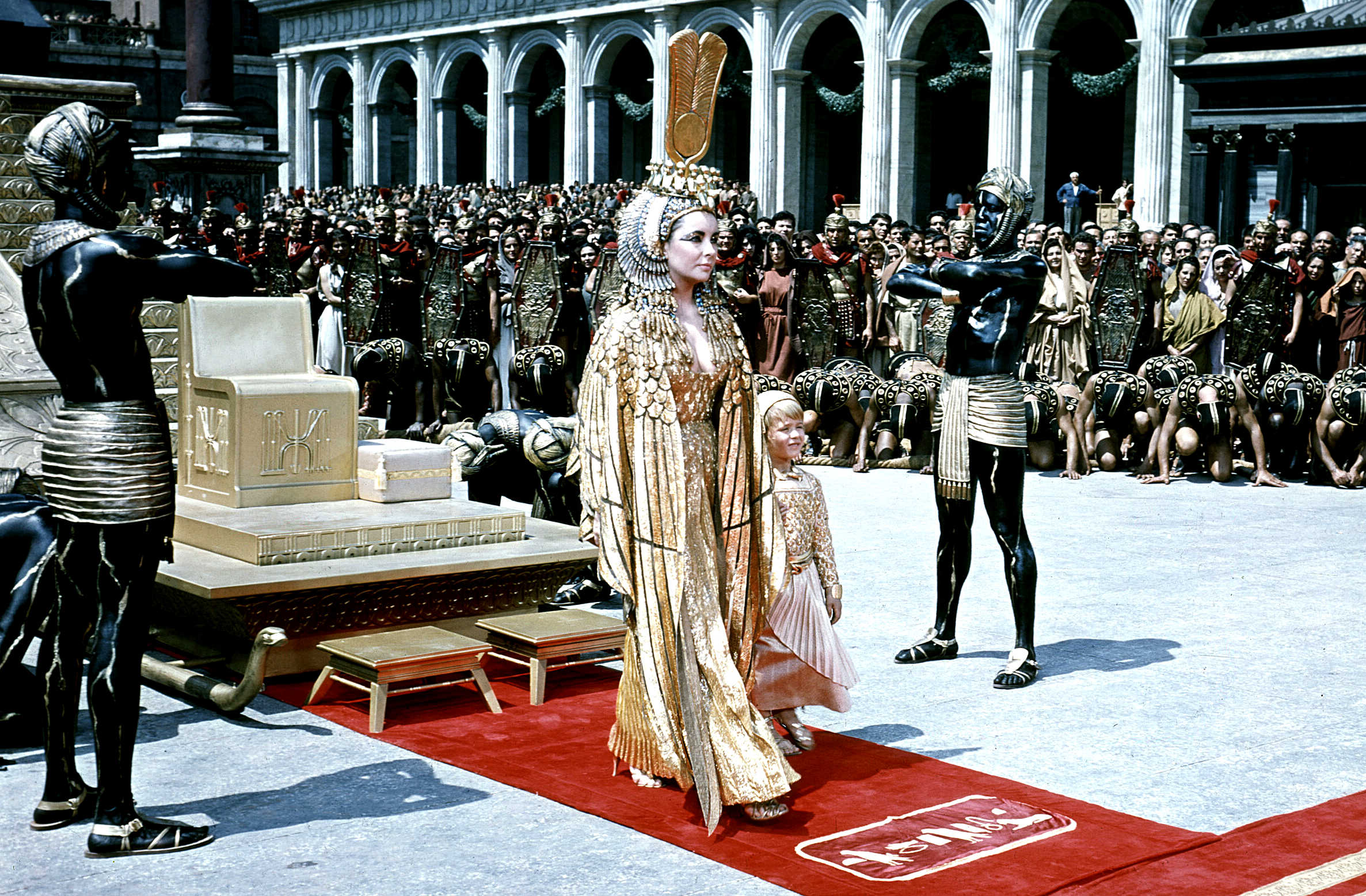|

Map
showing Selucid Empire 281BC
The Seleucid Empire (Ancient Greek: Βασιλεία τῶν Σελευκιδῶν, romanized: Basileía tōn Seleukidōn, lit. 'Kingdom of the Seleucids') was a Hellenistic kingdom in West Asia during the Hellenistic period. It was founded in 312 BC by the Macedonian general Seleucus I Nicator, following the division of the Macedonian Empire founded by
Alexander the
Great, and ruled by the Seleucid dynasty until its annexation by the Roman Republic under Pompey in 63 BC.
After receiving the Mesopotamian regions of Babylonia and Assyria in 321 BC, Seleucus I began expanding his dominions to include the Near Eastern territories that encompass modern-day Iraq, Iran, Afghanistan, Syria, Lebanon all of which had been under Macedonian control after the fall of the former Persian Achaemenid Empire. At the Seleucid Empire's height, it had consisted of territory that had covered Anatolia, Persia, the Levant, Mesopotamia and what are now modern Kuwait, Afghanistan, and parts of Turkmenistan.
The Seleucid Empire was a major center of Hellenistic culture. Greek customs and language were privileged; the wide variety of local traditions had been generally tolerated, while an urban Greek elite had formed the dominant political class and was reinforced by steady immigration from Greece. The empire's western territories were repeatedly contested with Ptolemaic Egypt—a rival Hellenistic state. To the east, conflict with the Indian ruler Chandragupta of the Maurya Empire in 305 BC led to the cession of vast territory west of the Indus and a political alliance.
In the early second century BC, Antiochus III the Great attempted to project Seleucid power and authority into Hellenistic Greece, but his attempts were thwarted by the Roman Republic and its Greek allies. The Seleucids were forced to pay costly war reparations and had to relinquish territorial claims west of the Taurus Mountains in southern Anatolia, marking the gradual decline of their empire. Mithridates I of Parthia conquered much of the remaining eastern lands of the Seleucid Empire in the mid-second century BC including Assyria and what had been Babylonia, while the independent Greco-Bactrian Kingdom continued to flourish in the northeast. The Seleucid kings were thereafter reduced to a rump state in Syria, until their conquest by Tigranes the Great of Armenia in 83 BC, and ultimate overthrow by the Roman general Pompey in 63 BC.

Coin
showing Seleucus I Nicator, with nose and chin very
Cleopatra VII
CULTURE
The domain of the Seleucids stretched from the Aegean Sea to what is now Afghanistan and Pakistan, therefore including a diverse array of cultures and ethnic groups. Greeks, Assyrians, Armenians, Georgians, Persians, Medes, Mesopotamians, Jews, and more all lived within its bounds. The immense size of the empire gave the Seleucid rulers a difficult balancing act to maintain order, resulting in a mixture of concessions to local cultures to maintain their own practices while also firmly controlling and unifying local elites under the Seleucid banner.
The government established Greek cities and settlements throughout the empire via a program of colonization that encouraged immigration from Macedonia and Greece; both city settlements as well as rural ones were created that were inhabited by ethnic Greeks. These Greeks were given good land and privileges, and in exchange were expected to serve in military service for the state. Despite being a tiny minority of the overall population, these Greeks were the backbone of the empire: loyal and committed to a cause that gave them vast territory to rule, they overwhelmingly served in the military and government. Unlike Ptolemaic Egypt, Greeks in the Seleucid Empire seem to rarely have engaged in mixed marriages with non-Greeks; they kept to their own cities.
The various non-Greek peoples of the empire were still influenced by the spread of Greek thought and culture, a phenomenon referred to as Hellenization. Historically significant towns and cities, such as Antioch, were created or renamed with Greek names, and hundreds of new cities were established for trade purposes and built in Greek style from the start. Local educated elites who needed to work with the government learned the Greek language, wrote in Greek, absorbed Greek philosophical ideas, and took on Greek names; some of these practices then slowly filtered down to the lower classes. Hellenic ideas began an almost 250-year expansion into the Near East, Middle East, and Central Asian cultures.
Synthesizing Hellenic and indigenous cultural, religious, and philosophical ideas – an ethnic unity framework established by Alexander – met with varying degrees of success. The result was times of simultaneous peace and rebellion in various parts of the empire. In general, the Seleucids allowed local religions to operate undisturbed, such as incorporating Babylonian religious tenets to gain support. Furthermore, most Seleucid governments had frictionlessly integrated Judaism. The government under King Antiochus IV's establishment of a bidding process for office of High Priest, resulting in undisputed Hellenist Menelaus outbidding suspected partiality to traditional Judaism Jason, as well as a series of acts of religious persecution resulted in a localised revolt in the city of Jerusalem, followed by an execution-rife retaking of the city and banning the practice of traditional Judaism, resulting in the eventual loss of control of Judea to an independent Hasmonean kingdom.

A
map of the Seleucid Kingdom in 87 BC, mentioning Cleopatra
Selene
COLLAPSE 100 - 63 BC
By 100 BC, the once-formidable Seleucid Empire encompassed little more than Antioch and some Syrian cities. Despite the clear collapse of their power, and the decline of their kingdom around them, nobles continued to play kingmakers on a regular basis, with occasional intervention from Ptolemaic Egypt and other outside powers. The Seleucids existed solely because no other nation wished to absorb
them - seeing as they constituted a useful buffer between their other
neighbours. In the wars in Anatolia between Mithridates VI of Pontus and Sulla of Rome, the Seleucids were largely left alone by both major combatants.
Mithridates' ambitious son-in-law, Tigranes the Great, king of Armenia, however, saw opportunity for expansion in the constant civil strife to the south. In 83 BC, at the invitation of one of the factions in the interminable civil wars, he invaded Syria and soon established himself as ruler of Syria, putting the Seleucid Empire virtually at an end.
Seleucid rule was not entirely over, however. Following the Roman general
Lucullus' defeat of both Mithridates and Tigranes in 69 BC, a rump Seleucid kingdom was restored under Antiochus XIII. Even so, civil wars could not be prevented, as another Seleucid, Philip II, contested rule with Antiochus. After the Roman conquest of Pontus, the Romans became increasingly alarmed at the constant source of instability in Syria under the Seleucids. Once Mithridates was defeated by Pompey in 63 BC, Pompey set about the task of remaking the Hellenistic East, by creating new client kingdoms and establishing provinces. While client nations like Armenia and Judea were allowed to continue with some degree of autonomy under local kings, Pompey saw the Seleucids as too troublesome to continue; doing away with both rival Seleucid princes, he made Syria into a Roman province.

CLEOPATRA OF MACEDON
Cleopatra of Macedonia (c. 355/354 BC – 308 BC), or Cleopatra of Epirus,
was an ancient Macedonian princess and later queen regent of Epirus. The daughter of Philip II of Macedon and Olympias of Epirus, she was the only full sibling of
Alexander the
Great.
It is quite possible that Cleopatra VII was pure Macedonian Greek. But it is probable that she had some
Seleucid blood, although of uncertain quantity. The
fact Cleopatra VII named one of her siblings by Mark
Antony, Cleopatra
Selene II, in 40 BC speaks volumes. We need to look at
the bloodlines of her known ancestors, linked to their
geographical exploits.


According to the web search results, the most likely mother of Cleopatra VII was Cleopatra V Tryphaena, who was also the sister and wife of Ptolemy XII Auletes1. However, her identity and fate are uncertain, and some sources suggest that she may have been another woman or that she died before Cleopatra VII was born. Cleopatra VII was the last active ruler of the Ptolemaic Kingdom of Egypt and a descendant of Ptolemy I Soter, a Macedonian Greek general and companion of Alexander the Great. She is famous for her political alliances and romantic relationships with Julius Caesar and Mark Antony, as well as her tragic death by snakebite. The classic version as to her poisoning.
POPULAR MISCONCEPTIONS
Perhaps the greatest misconception of all about Cleopatra
VII, is what she looked like. Modern people have a very clear image of what Cleopatra looked like: a beautiful, pale, small-nosed woman like
Elizabeth Taylor dressed in a revealing outfit with thick makeup, straight, black hair, bangs, and braids with gold ornaments going down to her shoulders. Unfortunately for fans of classic films, this image is inaccurate in almost every single way.
We know very little about where the ancestors of most specific individuals who lived in Hellenistic and Roman Egypt came from. We have no idea whether Hypatia of Alexandria’s ancestors were mostly Greek or mostly Egyptian; all we know is that Hypatia herself lived in Alexandria, a city in northern Egypt that was founded by Greeks.
Cleopatra is one of the few exceptions to this trend. Because Cleopatra was a member of the well-documented and long-lasting
Ptolemaic Dynasty, we have a pretty good impression of where most of her ancestors came from, going back centuries before she was even born. The fact is, nearly all of Cleopatra’s known ancestors were
Macedonian Greeks whose ancestral homeland was the kingdom of Makedonia, which was located in what is now northern Greece.


|







